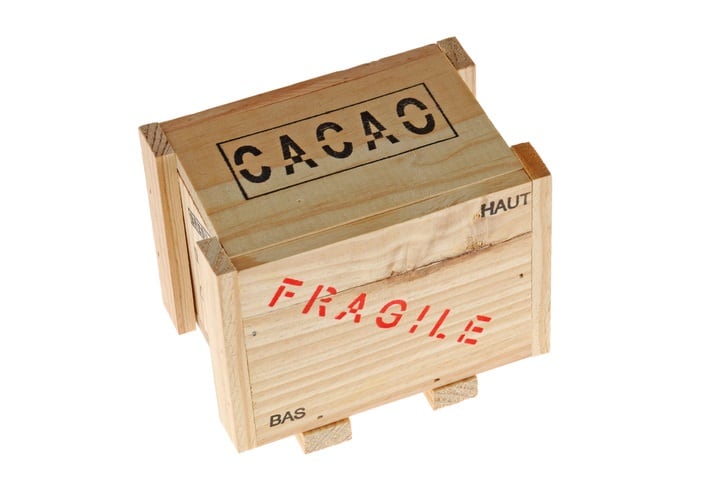Industry cocoa sustainability efforts are currently focused on the farmer, but should be extended to truck drivers transporting beans, says the non-profit.
‘Take freight and climate seriously’
Speaking at the Chocoa conference in Amsterdam last week, Sophie Punte, executive director of The Smart Freight Centre, said: "We encourage industry, associations and labels like Fairtrade to start making sustainable cocoa include sustainable logistics.
"It's critical that we take freight and climate seriously.
San Pedro port expansion

Cocoa logistics is a growing industry. From 2011 to 2017, cocoa exports from the port of San Pedro in Côte d’Ivoire almost doubled. Europe was the main destination during the seven-year period, accounting for 69% of exports, mainly to Belgium and the Netherlands. San Pedro port plans to invest CFA300bn ($564m) to expand its site and to introduce new shipping technology.
"Emissions are rising and if we want to be realistically achieving global climate targets under the Paris Agreement, we're going to have to reduce our emissions by between 20% and 65% compared to current levels.
“That has to be put against a background that freight is going to triple in the next decade,” she said.
Air pollution a health risk
Air pollution is also a real concern in developing countries producing cocoa, according to the Smart Freight Centre.
Air pollution rose from the fourth to third biggest risk factor driving the most death and disability combined in primary cocoa growing nation Côte d’Ivore between 2005 and 2016, just behind Water, Sanitation and Hygiene (WaSH) and malnutrition, according to the Institute for Health Metrics and Evaluation (IHME).
Aging trucks
Old trucks transporting cocoa from farms to the Port of Abidjan are part of the problem.
A Climate & Clean Air Coalition report from 2016 estimated 80% of imported vehicles in the increasingly urbanized West African state are secondhand, have an average age of 12 and half use diesel.
Dr. Abdel Makhloufi, a researcher at Mainport Logistics, said at Chocoa: "They can't use new trucks because the infrastructure is very bad. If you drive from San Pedro to Abidjan, I am sure you will have a high cost for maintenance and fuel."
He said large cocoa processors such as Cargill and Barry Callebaut often only use their own trucks within cities, but rely on private contractors or cooperative-owned vehicles to collect beans from farm gate for these reasons.
Punte said: “If [multinationals] take responsibility for the farmer, why not for truck driver or the people who transport beans to the port and beyond?"
She said it was within companies’ interests to address freight emissions to meet corporate social responsibility goals, to satisfy customer demands and to potentially achieve cost savings.
She added there was also international pressure following the Paris Agreement for companies to act.
Three steps for companies
The Smart Freight Centre proposes three key elements for companies to make their logistics supply chain more sustainable.
How to calculate emissions?
Smart Freight Centre has developed a global method to calculate carbon emissions from freight and logistics called the GLEC Framework. It is based on the GHG Protool and the aim is to develop it into an ISO (International Standard Organization) standard.
"Start by calculating and reporting emissions across the global, multimodal supply chain,” said Punte.
"Second, use these data to reduce emissions, for example, through cleaner trucks or slow steam ships or infrastructure in developing countries to make sure the transport from the farms to the ports is done more efficiently.
"Finally, mobilize and recognize efforts of partners and suppliers,” she said.
What are chocolate companies doing?
Carbon emissions from cocoa logistics are often excluded from chocolate industry sustainability reporting, says the Smart Freight Centre.
Punte said companies such as Lindt, Tony’s Chocolonely, Mars and Cargill talk about climate, while Nestlé has a target to reduce greenhouse gas emissions 20% by 2020 compared to 2013 levels.
"What these companies often don’t do yet though, is account for the CO2 emissions that the transport of cocoa is generating,” said Punte
"What is missing is an in-depth calculation of what these emissions are because that will give them better insight into reducing. But they have made the first step,” she said.
